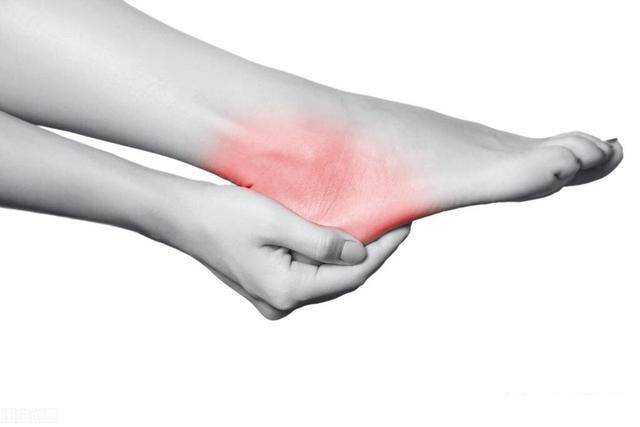Activities such as long walks, brisk walking, hiking, or prolonged standing may lead to excessive pulling on the plantar fascia, causing local inflammatory responses. Particularly when the intensity of activity exceeds the capacity of the plantar fascia, small tears can easily occur, resulting in plantar fasciitis. (Gu Shun – Fu Tang – Fascia – Paste) is a traditional black adhesive plaster, whose main components include various Chinese herbs that have effects such as promoting blood circulation, relaxing muscles and tendons, and reducing swelling and pain. These Chinese herbs can work synergistically through specific combinations and processing techniques to achieve the goal of treating plantar fasciitis.
Daily exercise prevention methods for plantar fasciitis mainly include the following aspects:
1. Choose suitable exercises
Low-impact aerobic exercises: such as jogging, cycling, etc. These exercises can enhance muscle strength and flexibility, helping to disperse pressure on the plantar surface. However, care should be taken to avoid high-intensity or prolonged exercises to prevent increased strain on the feet.
Calf and ankle strength training: such as calf raises, ankle movements, etc. These exercises can increase muscle strength in the calves and ankles, thereby reducing the burden on the plantar fascia.
2. Correct stretching and relaxation
Regular stretching: Daily stretching activities for the foot and calf muscles, such as Achilles tendon stretches and gastrocnemius stretches, can increase foot flexibility and lower the risk of injury caused by stiffness.
Plantar rolling exercises: Rolling the feet over spheres, beer bottles, or similar objects while barefoot can massage and stimulate the arches, helping to relax the plantar fascia.
3. Appropriate shoe selection
Supportive and cushioned: Choose well-fitting shoes with good support and cushioning, especially during exercise. Proper footwear can provide excellent support and shock absorption, reducing pressure on the feet and the risk of injury.
Avoid high heels and rigid shoes: High heels and rigid shoes may increase the burden on the plantar fascia and should be avoided for prolonged periods.
4. Weight management
Control weight: Maintain a healthy weight through dietary control and moderate exercise to avoid being overweight or obese. Weight management can reduce the risk of additional pressure on the feet and lighten the burden on the plantar fascia.
5. Reasonable rest arrangements
Avoid prolonged standing or walking: Reasonably schedule rest times to avoid standing or walking for long periods to alleviate the load on the plantar fascia. After exercise or work, soaking the feet in hot water can promote blood circulation and relieve foot fatigue.


